Wilderness Journal Issue #021
This issue of Wilderness Journal takes a deep dive into one of the world's biodiversity hotspots, the Northern Jarrah Forests of Western Australia, the land of the Noongar people.
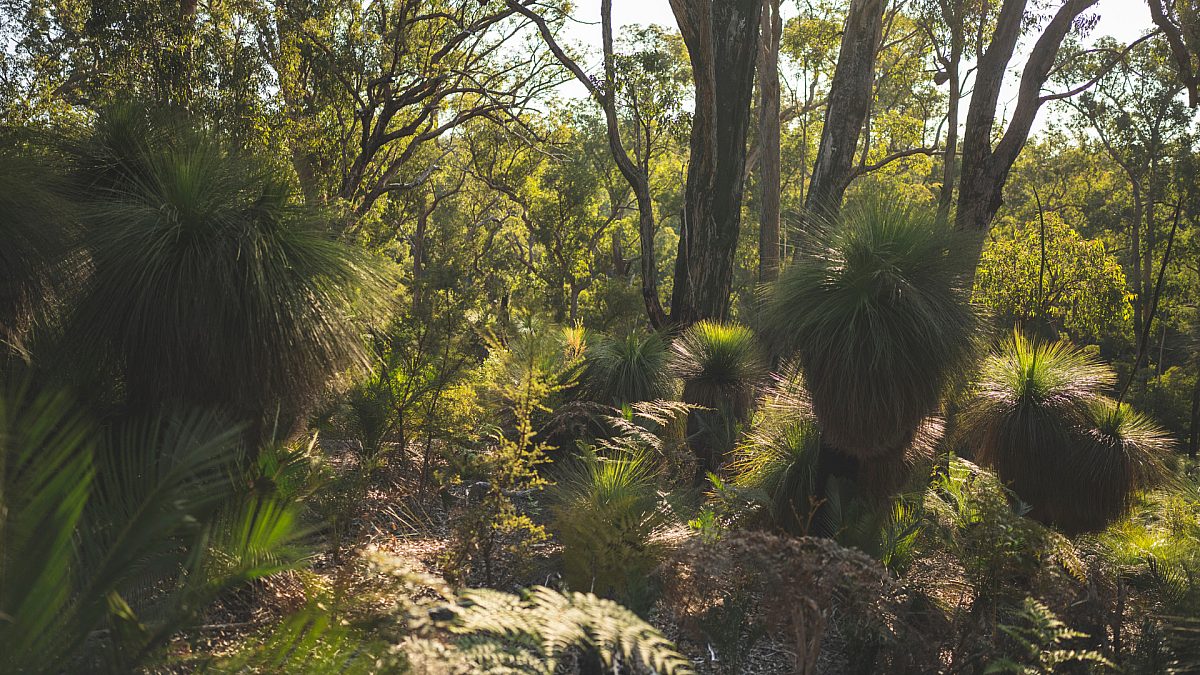
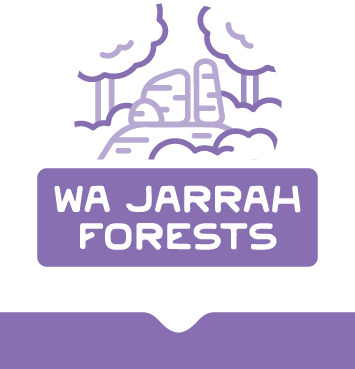
They have a long past, make sure Western Australia’s Jarrah Forests have a living future.

The Jarrah forests in the South-West corner of WA carry within them a long evolutionary story of responding to harsh and changing conditions, resulting in the 1000s of species found here that occur nowhere else on Earth.
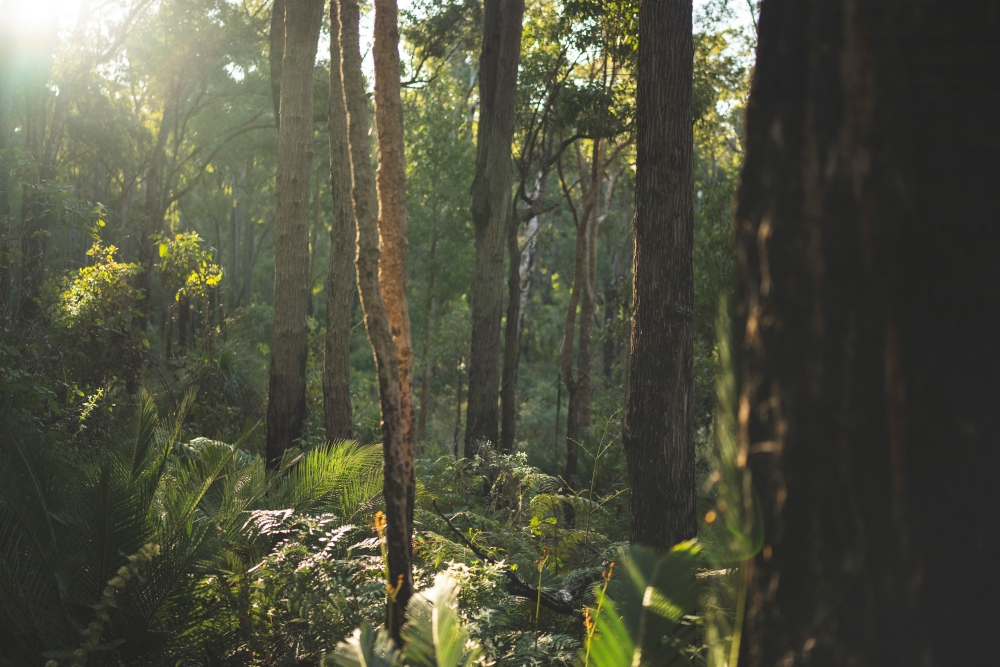
There is an instant familiarity to a Jarrah forest. Known in Noongar language as djarraly, the jarrah trees (Eucalyptus marginata) stand tall among a species-rich and biodiverse undergrowth, a sprawling overstorey. At times the jarrah are interspersed with marri (Corymbia calophylla), the Noongar word for ‘blood’, a name evoking the trees’ red sap. Soaring above and throughout this forest landscape are Western Australia’s iconic black cockatoos.
If you visit in springtime, following the winter rains, the Jarrah forest dazzles with a carpet of magnificent wildflowers, bursts of colour complemented by a chorus of buzzes and croaks from rare frogs and unique insects.
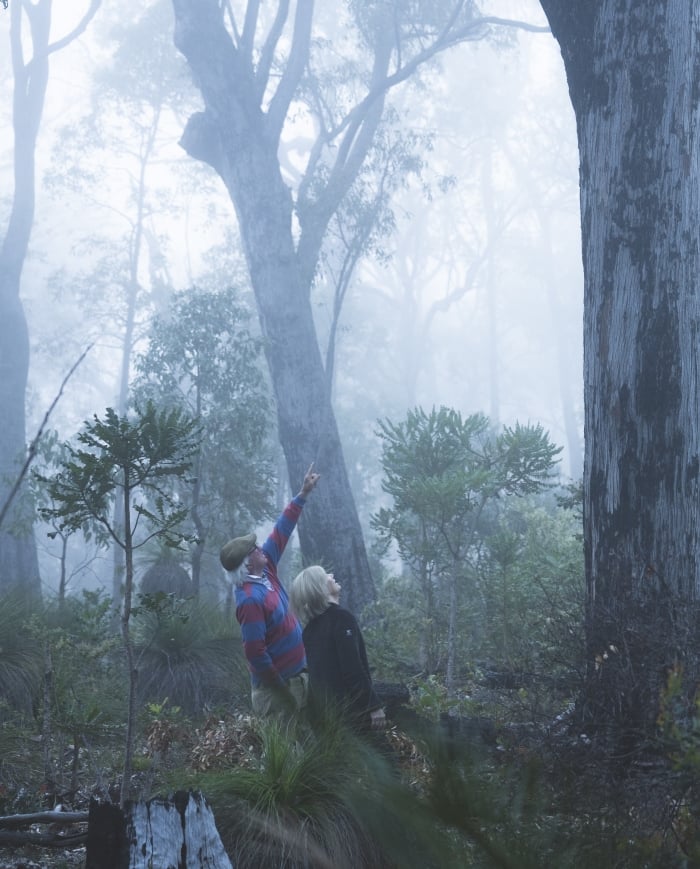
"When you see a well-established tree hollow in the Jarrah Forest, which black cockatoos depend on, there is every chance that that tree predates colonisation and is more than 200 years old."
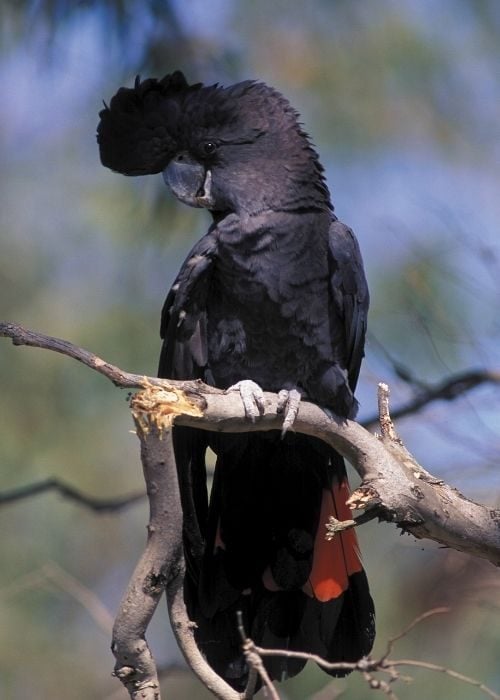
The Jarrah Forests have evolved over many millennia, adapting to a changing climate, rainfall regime and fire behaviour. The forests have acted as an evolutionary cradle, with plants having to continuously adapt to often harsh conditions, which is why so many species can’t be found anywhere else on Earth. In fact, 80% of its 8000-plus species are endemic.
When you see a well-established tree hollow in Jarrah Forest, there is every chance that that tree predates settlement and is more than 200 years old. These hollow-bearing giants provide habitat for three out of the five Australian species of black cockatoo, as well as corellas, bristlebirds, and whipbirds. Perhaps most striking are the forest red-tail black cockatoos (Calyptorhynchus banksii), with their flashy tail feathers and telltale calls. Black cockatoos are watchful, social and raucous birds, icons of Western Australia’s south-west forests—their survival relies entirely on these forests staying intact.
The forests of the South-West are also home to the only mainland population of the ever-loved quokka, a charismatic and inquisitive marsupial whose numbers are dramatically declining. In the jarrah understorey, these creatures are sustained by an ecosystem that has been their home for tens of thousands of years. As long as the jarrah stands, mainland quokkas and black cockatoos have a good chance for survival in this ancient pocket of the continent.
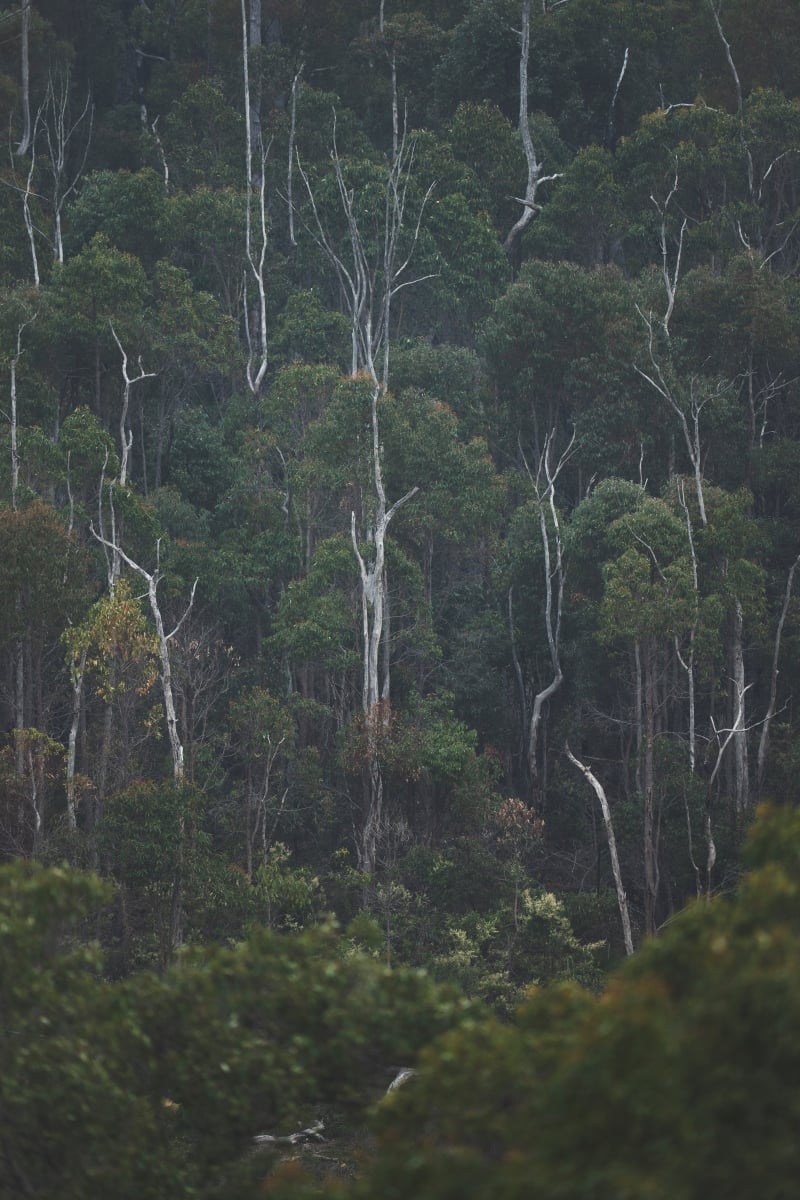
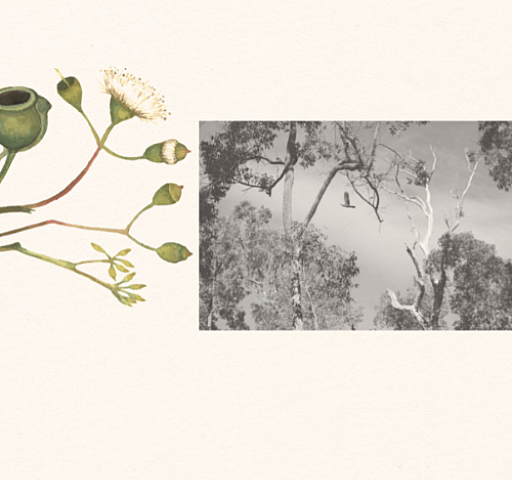
This issue of Wilderness Journal takes a deep dive into one of the world's biodiversity hotspots, the Northern Jarrah Forests of Western Australia, the land of the Noongar people.
Australia’s Jarrah forests are brimming with endemism, with 80% of the animals and plants here found nowhere else in the world. A walk through this ancient landscape takes you through thousands of years of evolution, from the many species of birds whose calls echo from the trees, to the marsupials and frogs that move around below.
Globally recognised as a biodiversity hotspot, the Jarrah is host to more than 8,000 species of wildflowers, 300 species of delicate orchids, and 60 different banksias. This bouquet brings the forest to life in the spring, sprinkles of vibrant colour lighting up the understorey.
Take a look at some of the Jarrah forest’s residents below:
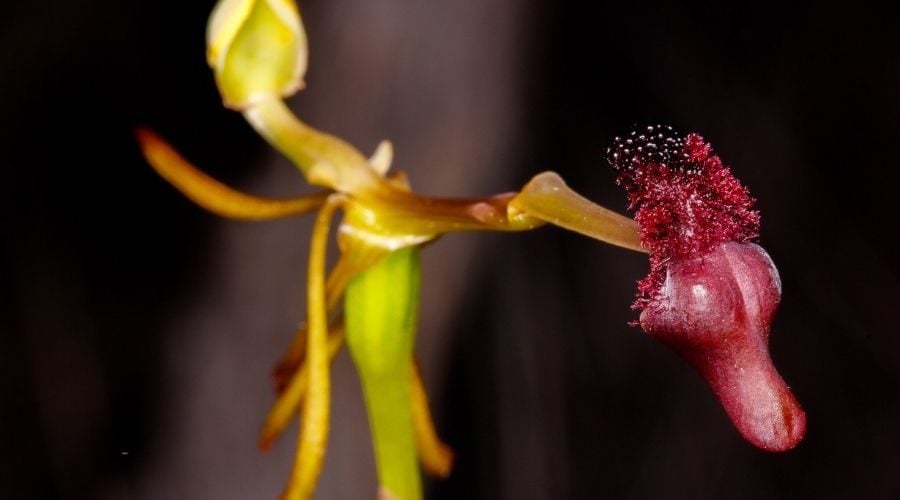
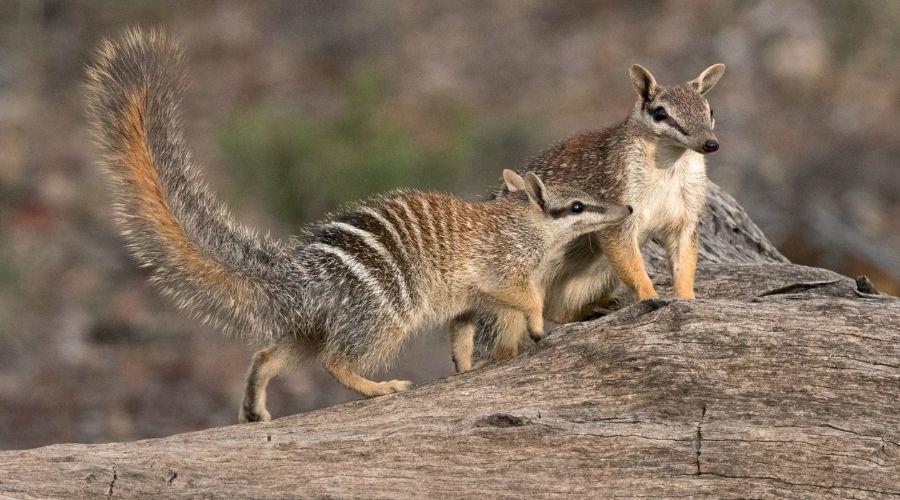
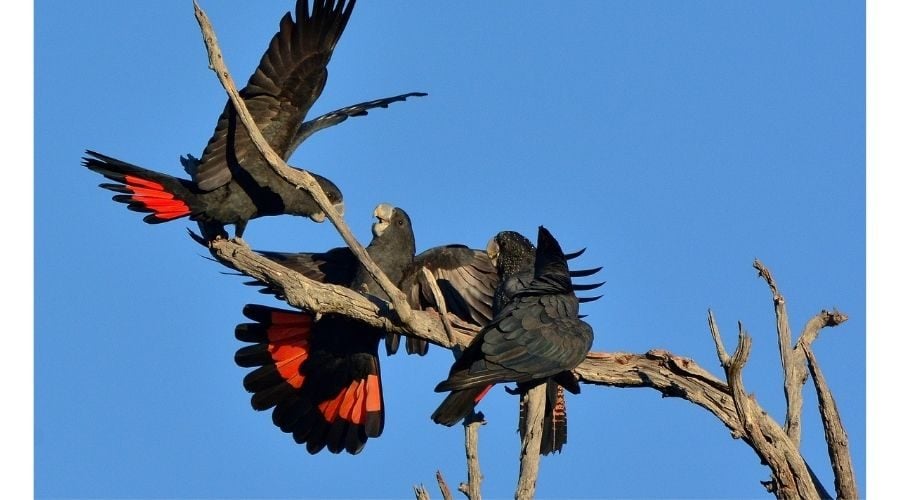
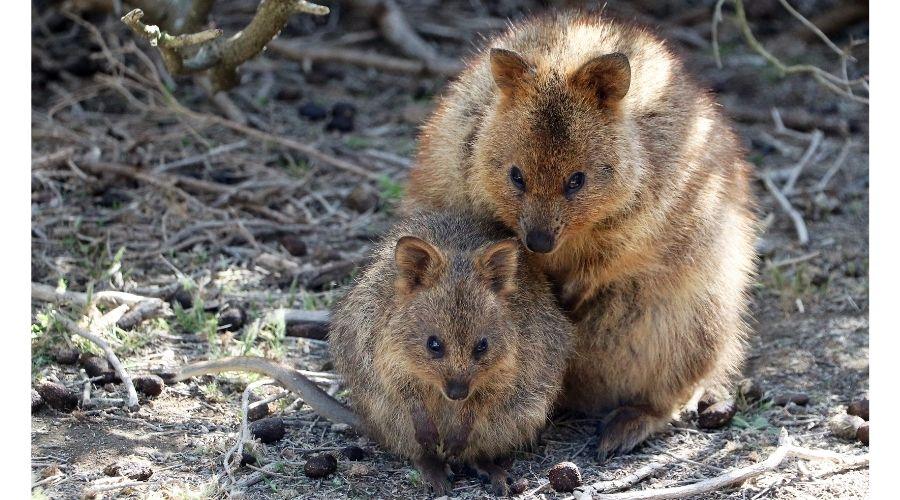
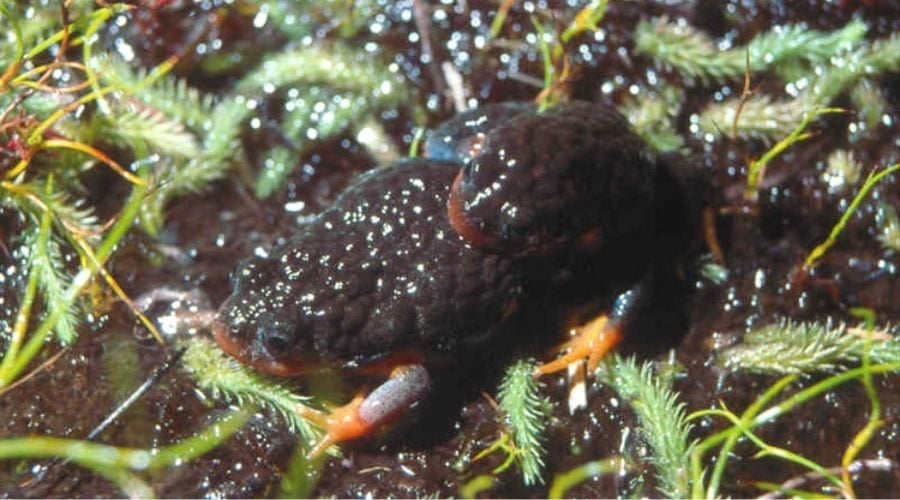
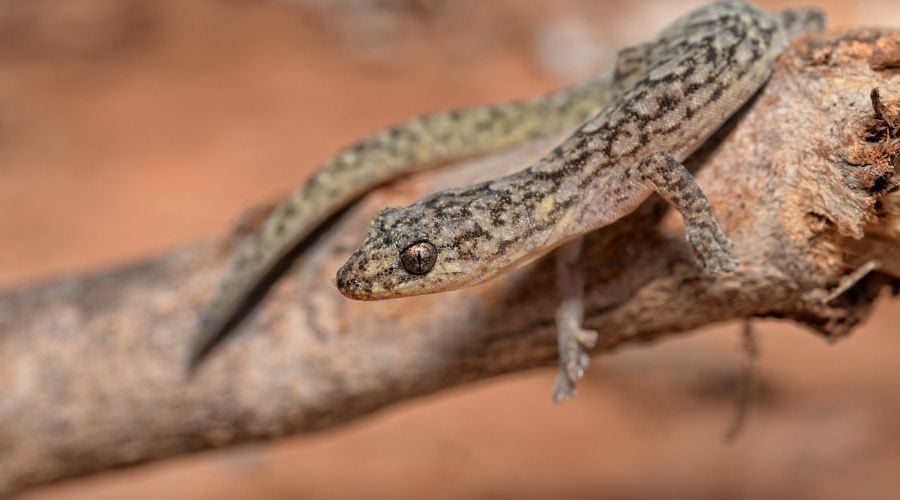
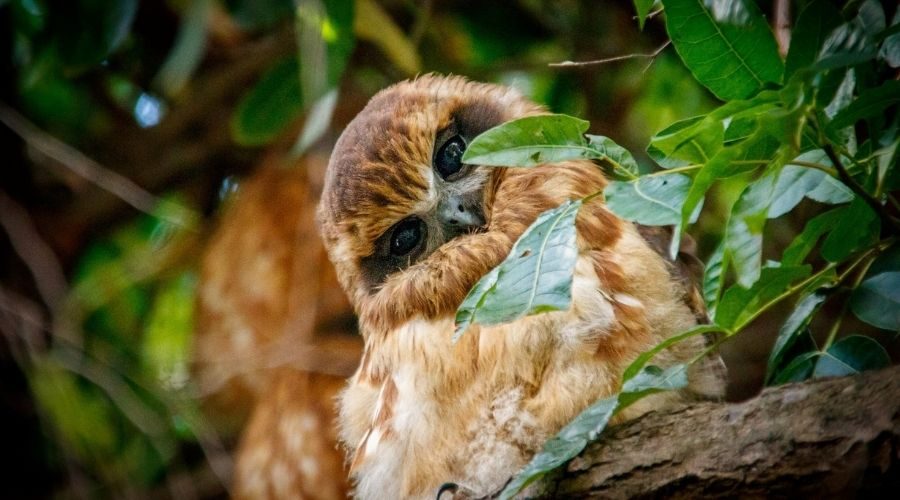
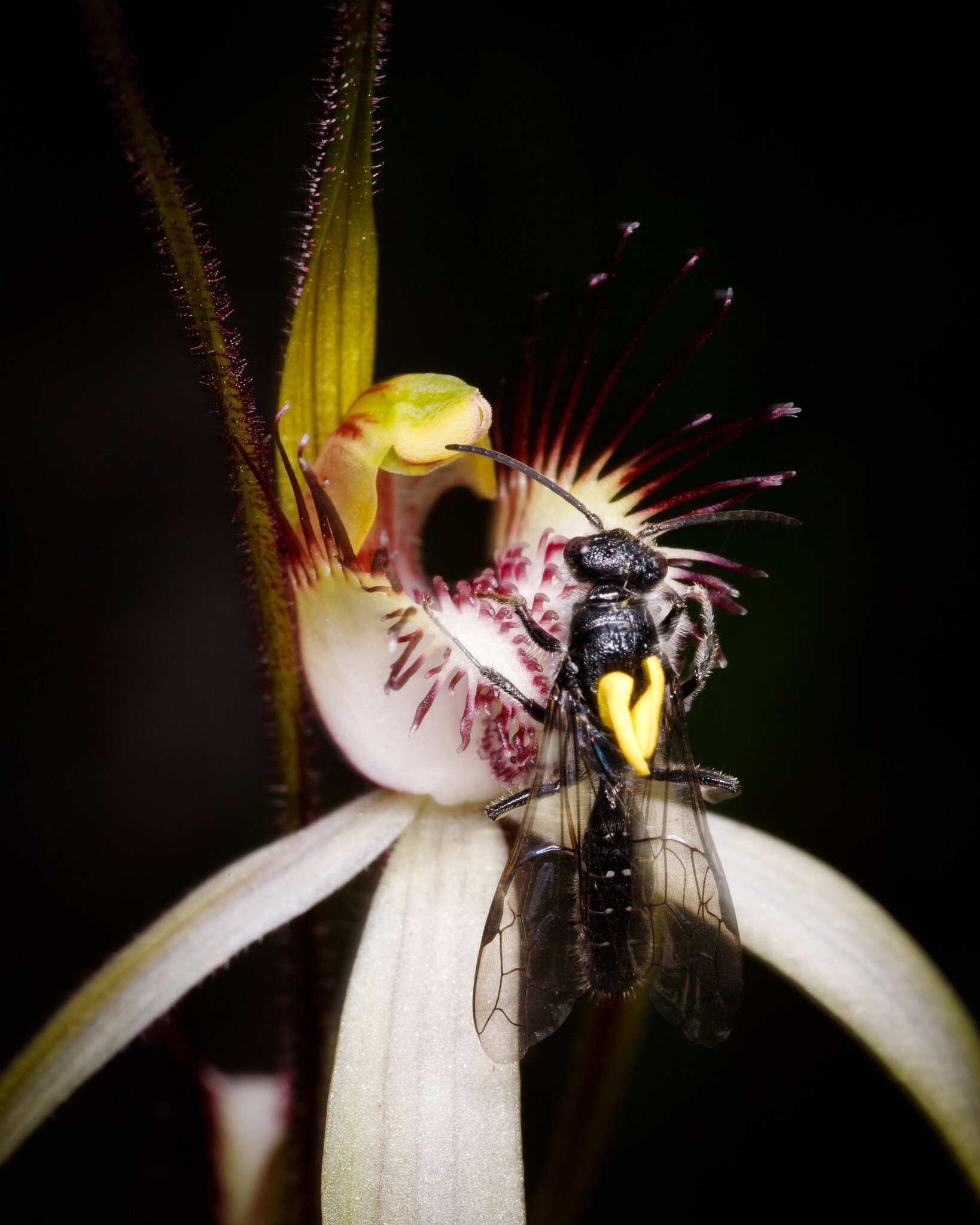
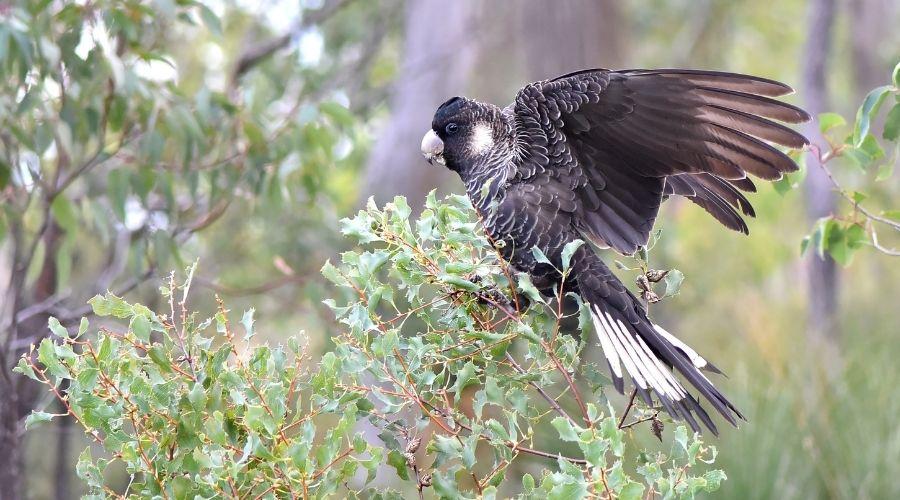
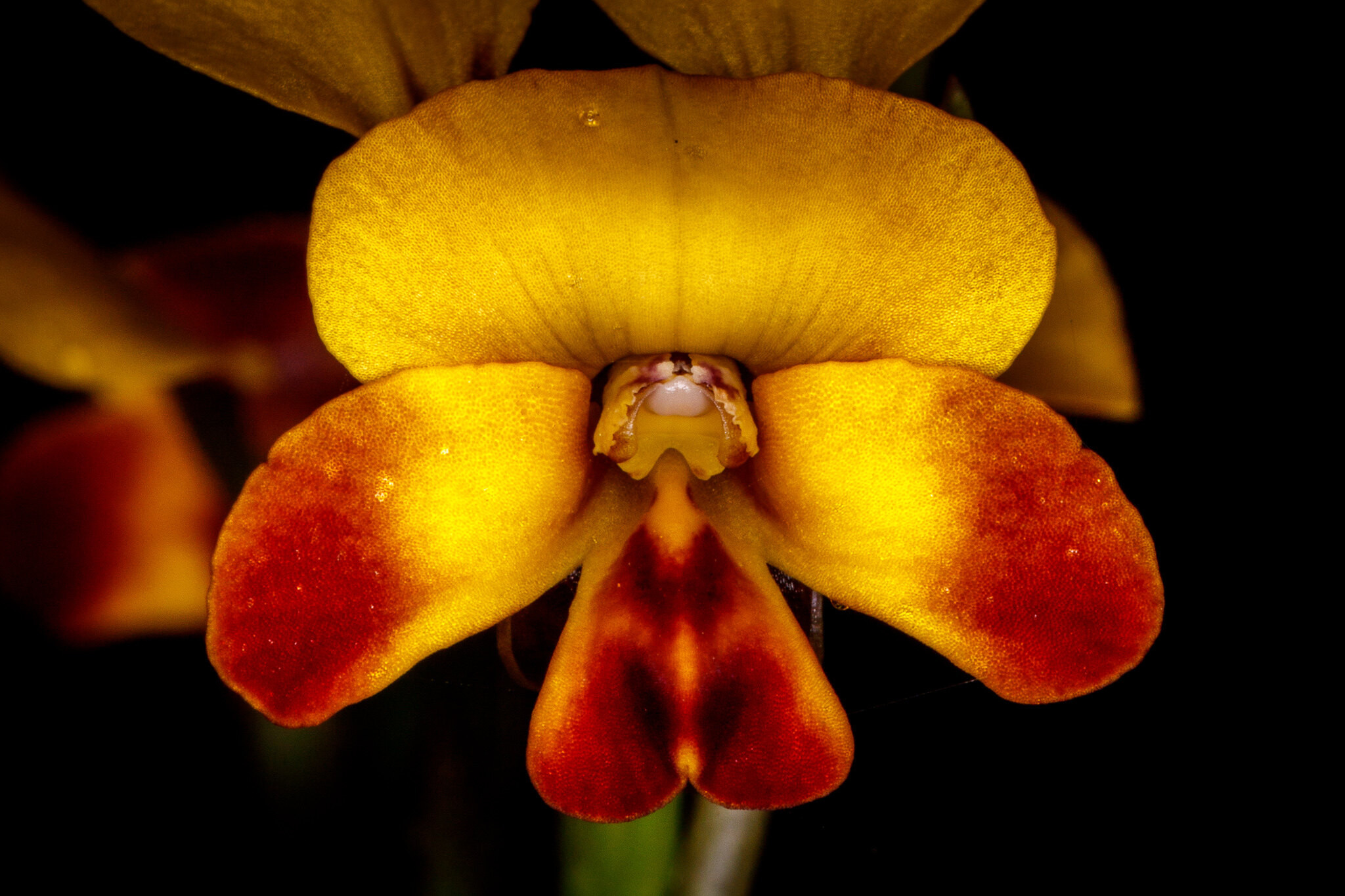
A kneeling hammer orchid (Drakaea concolor). Drakaea orchid varieties have a fascinating relationship with the thynnid wasps that pollinate them. Each species resembles the physical structure of the flightless female wasps, as well as mimicking their pheromones. This combination attracts the male pollinators, who are then pulled into the flower by a mechanical arm, and then have their backs dabbed with pollen, to be carried to another flower. Image: Callan Wood.
The numbat (Myrmecobius fasciatus), known by their original Noongar name, have lost so much critical habitat that there are only estimated to be 1,000 mature adult individuals left. As WA’s faunal emblem, protecting the numbat’s critical habitat is a matter of urgency. Image: Lyn Alcock.
The South West corner of Australia is home to three of the five species of black cockatoo. Image Laurie Boyle.
Jarrah forests are host to the only mainland population of the iconic quokka (Setonix brachyurus) outside of Rottnest Island. Once widespread, these charismatic marsupials now rely entirely on this pocket of forest to survive.
Bringing a sprinkle of brilliant orange to the forest, it’s not hard to see how the sunset frog (Spicospina flammocaerulea) got its name. These critters have a distinctive croaking call and are one of the West’s oldest frog species. Image: Geordie Torr.
The marbled gecko (Phyllodactylus marmoratus) stores fat reserves in its tail, which can be dropped entirely to aid in escape from a predator. Tails take about eight months to regenerate after they are dropped. Image: Alexandre Roux.
The iconic Boobook, named for its distinctive call, can be heard in the jarrah treetops at night. Image: Callan Wood.
This photograph shows a thynid flower wasp visiting a Caladenia longicaudia - or white spider orchid. The pollen sac on its back is visible, showcasing this unique relationship between the flower mimic and their wasp pollinators. Image: Callan Wood.
A rare Carnaby's black cockatoo (Calyptorhynchus latirostris). Image: Jean and Fred Hort
Diuris porrifolia, commonly called the small-flowered donkey orchid, has a vibrant colour combination, brightening the forest with shades of yellow, brown, and orange from late July to September. Image: Callan Wood.
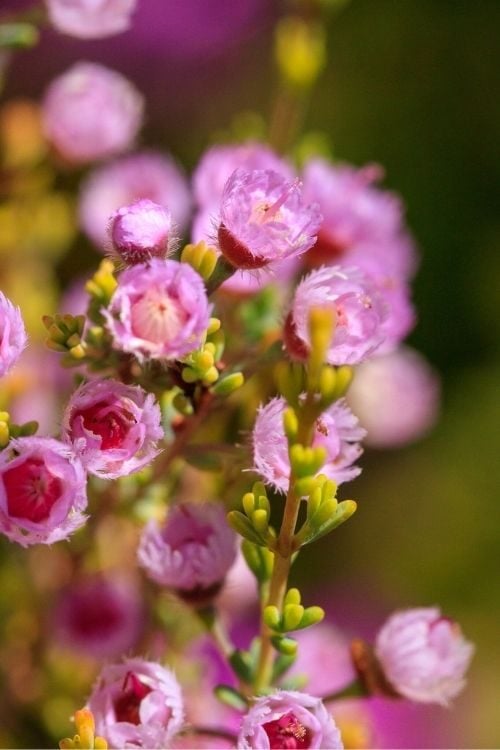
The Jarrah forests are on Noongar Country. For more than 45,000 years, the people of the Noongar, the Amangu, Ballardong, Yued, Kaneang, Koreng, Mineng, Njakinjaki, Njunga, Pibelmen, Pindjarup, Wardandi, Whadjuk, Wiilman and Wudjari, have held custodianship over the jarrah and its spectacular biodiversity. This Traditional Ecological Knowledge is critical if the Jarrah Forests are to have a healthy future.
For the many peoples of the Noongar language group in the South-Western corner of this continent, there have always been six seasons (bonars) on Country (or boodja), rather than four.
The six seasons are Birak, Bunuru, Djeran, Makuru, Djilba and Kambarang, with transitions between these dependent on the presence of certain plant and animal species which come and go throughout the year. For instance, Djilba, in August and September, also known as Season of Conception, is marked by the appearance of budding flowers and the fruits of the koola (emu plum). Waterways fill with fish, and the weather transitions—cold and clear days give way to increasing warmth, with occasional rains and wind.
In issue #021 of Wilderness Journal, Noongar man Daniel Garlett explains the importance of the jarrah forests to his people and his cultural obligation to protect them for future generations.
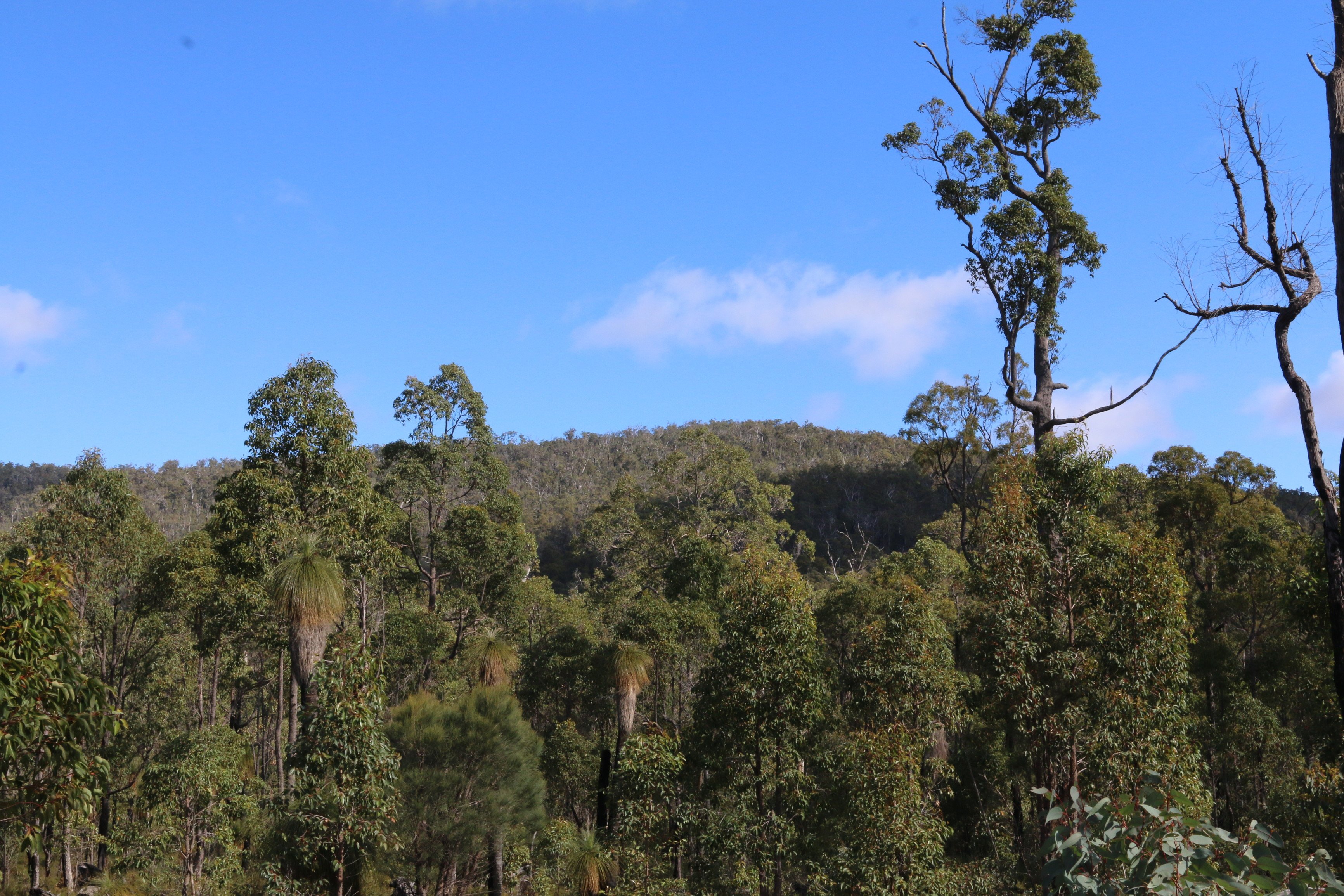
A recent report from the United Nations’ Intergovernmental Panel on Climate Change (IPCC) explicitly referenced the risks and potential impacts for the Northern Jarrah Forests. These findings outlined that unique and threatened systems—such as the Northern Jarrah Forest—are at very high risk of severe impacts at the current rates of forecasted warming.
“Key risks that have potential to be severe but can be reduced substantially by rapid, large-scale and effective mitigation and adaptation…(include) transition or collapse of … northern jarrah forests … due to hotter and drier conditions with more fires.”—IPCC (2022)
In essence, ecosystems like the Jarrah Forest are on the precipice of significant transition or collapse, even within conservative warming scenarios. The IPCC stipulates that these risks can be mitigated by changing management practices.
Compounding threats from logging, clearing, mining and burning are causing deeper and deeper impacts on this native forest ecosystem. The scale and rate of deforestation is far beyond any natural tolerances, and the effects of climate change are already being felt in the region, with decreased rainfall and a dramatic drop in the water table over the past few decades.
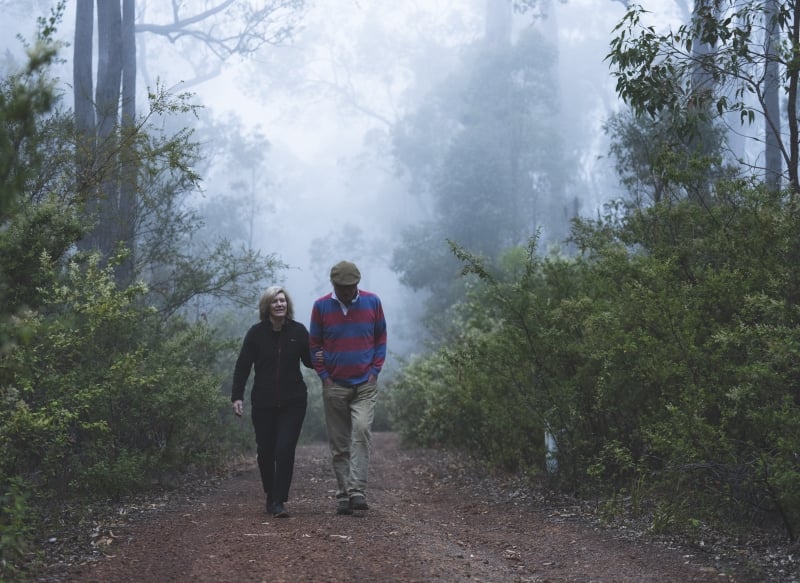
Last year, in a landmark announcement, the Western Australian State Government declared the end of native logging in the state by 2024. However, the policy omitted existing mining operations, which continue to clear large swathes of forest and bushland in the South West, including the precious and ancient jarrah forests.
New research by the Western Australian Forest Alliance; the Wilderness Society and the Conservation Council of WA has found continued clearing of Western Australia’s South West forests is putting vulnerable species and plant life under ‘unendurable strain’, with concerns that the majority of forest between Collie and Armadale will be fragmented or destroyed by 2060.
For the protection of habitat, for climate, and for Perth’s water security, It is absolutely crucial that these forests are left standing.
Read the Thousand Cuts report here.
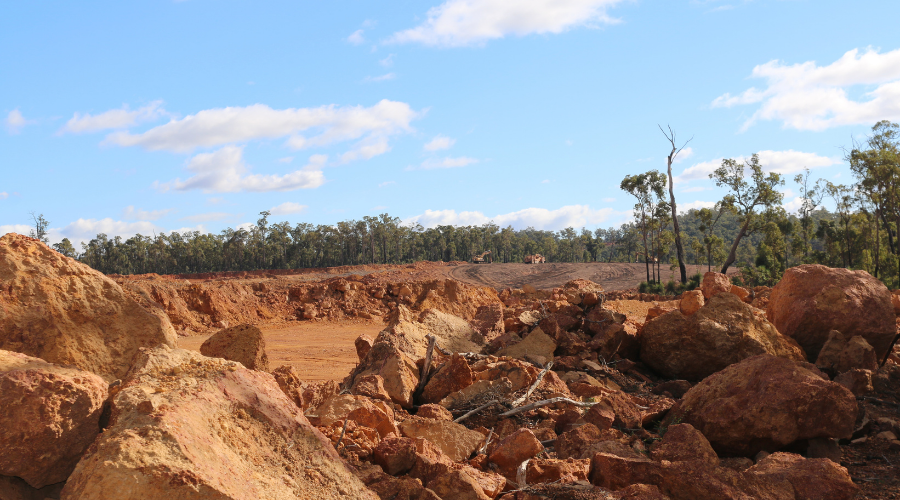
The biggest threat to the longevity of this ancient landscape is mining for bauxite, which is used to extract aluminium.
Our research in the Thousand Cuts Report found that 62.5% of all deforestation in WA’s tall and medium forests between 2010 and 2020 was a result of bauxite mining. The biggest contributor to habitat destruction and clearing, the bauxite industry has cleared at least 32,130 hectares of publicly owned forest, an area eighty-times the size of Kings Park in Perth.
Mining companies Alcoa and South32 have applied for approval to clear a further 11,109 hectares and fragment another 70,211 hectares. It is estimated that bauxite mining in WA will ultimately be responsible for a total of 83,000 hectares of cleared native forest.
In issue #021 of Wilderness Journal, we take an in-depth look at the destructive process of bauxite mining and the permanent scar it leaves on the ancient landscape of the jarrah forests.
"With the aid of satellite imagery, we can see the enormous impact of bauxite mining, which is ripping apart this biodiversity hotspot.”
Despite attempts at rehabilitation, Jarrah Forests are fragmented and pushed to the verge of collapse by this extractive nightmare. These ecosystems are highly complex, with jarrah trees needing at least 130-200 years to start forming viable nesting hollows—crucial habitat for all three black cockatoo species. While some protections are afforded to some habitat trees, the fragmentation of this landscape from deforestation reduces the opportunity for maturing trees to offer residence for future generations of cockatoos.
Preventing the extinction of these species requires the protection and restoration of these forests, and an immediate halt to this catastrophic clearing.
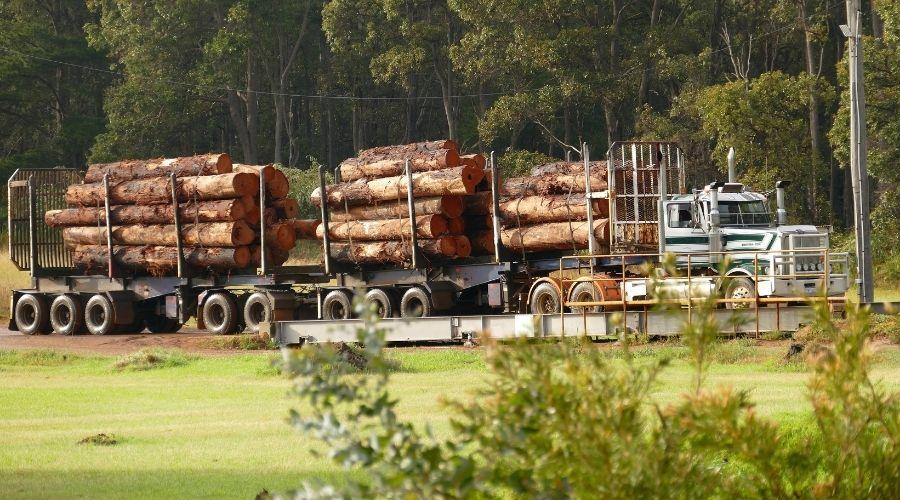
On top of the threats from the bauxite industry, jarrah is still subject to both logging and agricultural clearing.
Only 10-15% of the logged jarrah ends up as usable timber, with the rest wasted as woodchips, fuel wood, charcoal, and sawdust. Logging has become unprofitable in the state, and is being propped up by tax-payers.
In a rapidly changing climate, the destruction of native forests is a dangerous and destructive act. Significantly reduced rainfall in the Southwest has led to a dramatic drop in the water table, and our forests are the absolute best defence that we have when it comes to water shortages.

If this unique and vulnerable ecosystem is to survive, the fragmentation and clearing of the Southwest forests must be ceased immediately. It is absolutely crucial that efforts are made to protect and restore this ancient landscape, and the myriad species living within it.
Our Thousand Cuts Report details the necessary steps for the survival of the Jarrah Forests, beginning with the cessation of all clearing and fragmentation. As well as this, we will continue to push for:
Appropriate and in-depth strategic assessment from the Environmental Protection Agency into the impacts of bauxite mining, logging, and prescribed burning on the region.
A State Government inquiry into the implementation of recovery plans in arresting the decline of threatened native forest species including mainland quokkas, Carnaby’s cockatoo, Baudin’s cockatoo, and the Forest red-tailed black cockatoo.
The creation and maintenance of an up to date and publicly accessible central record of native vegetation and biodiversity data by the State Government.